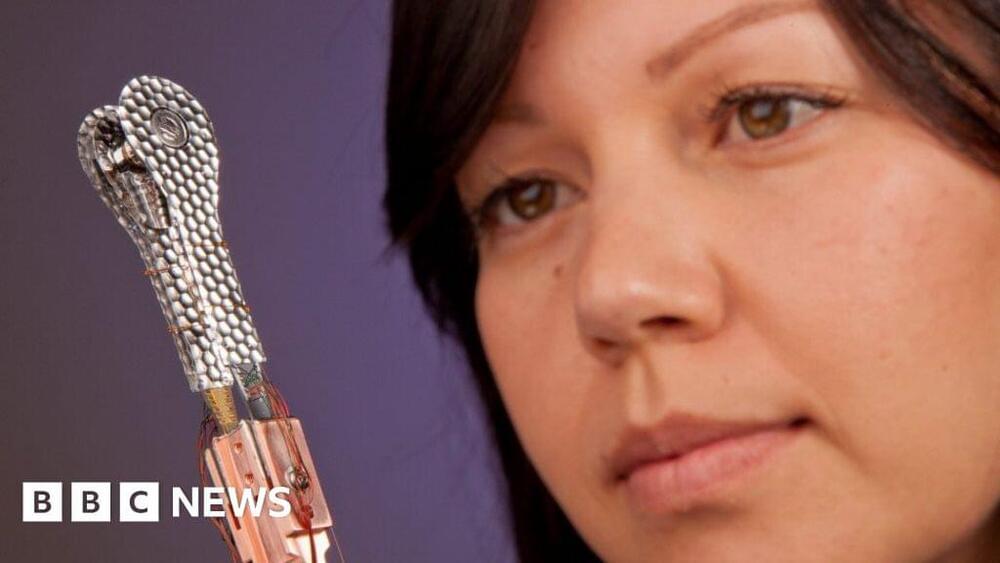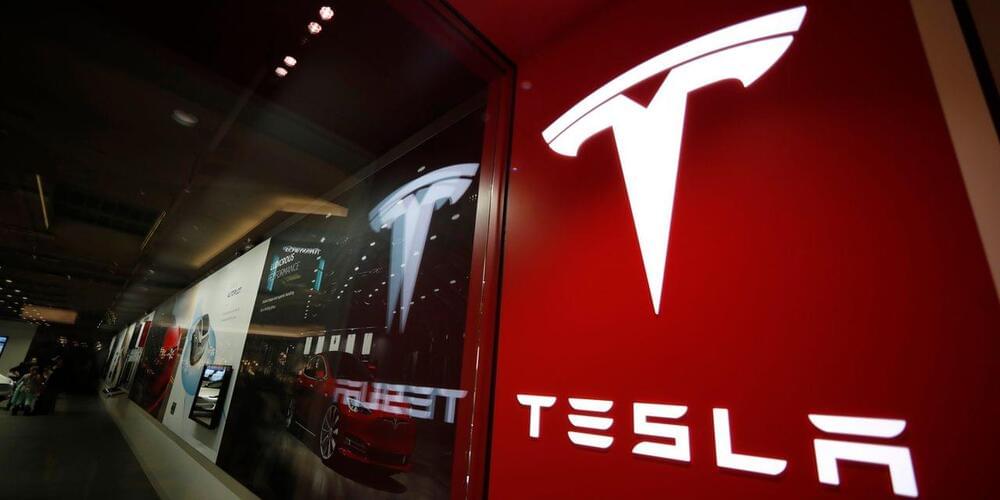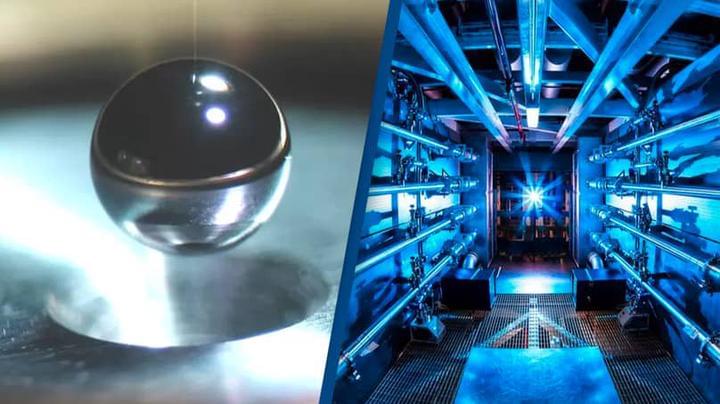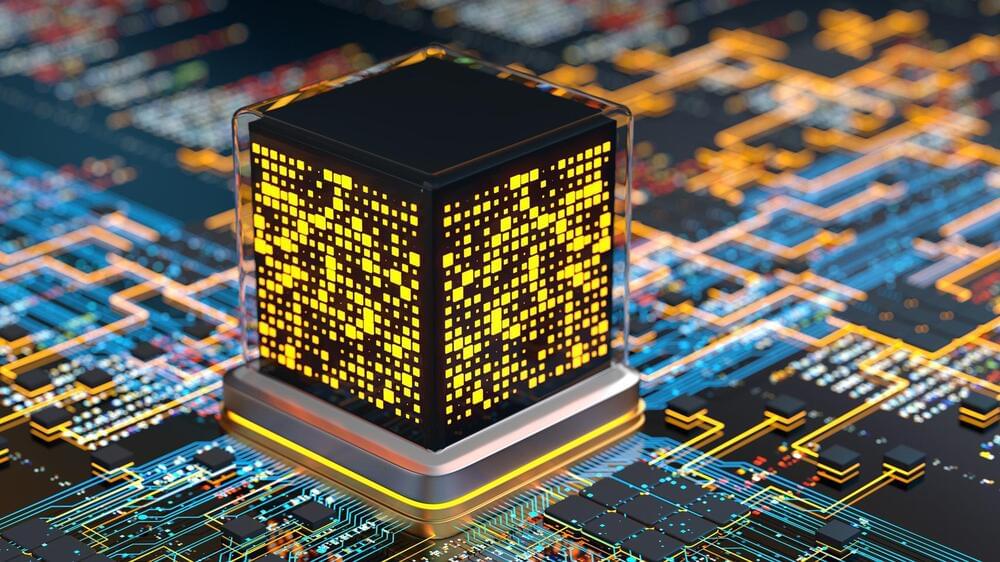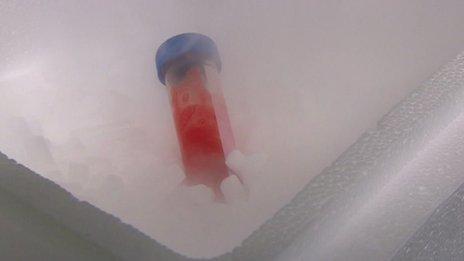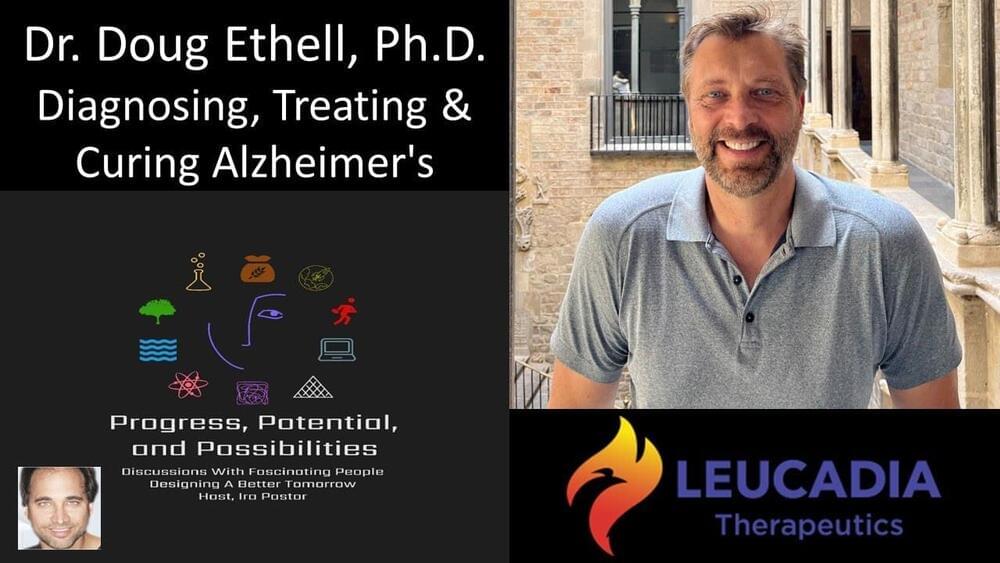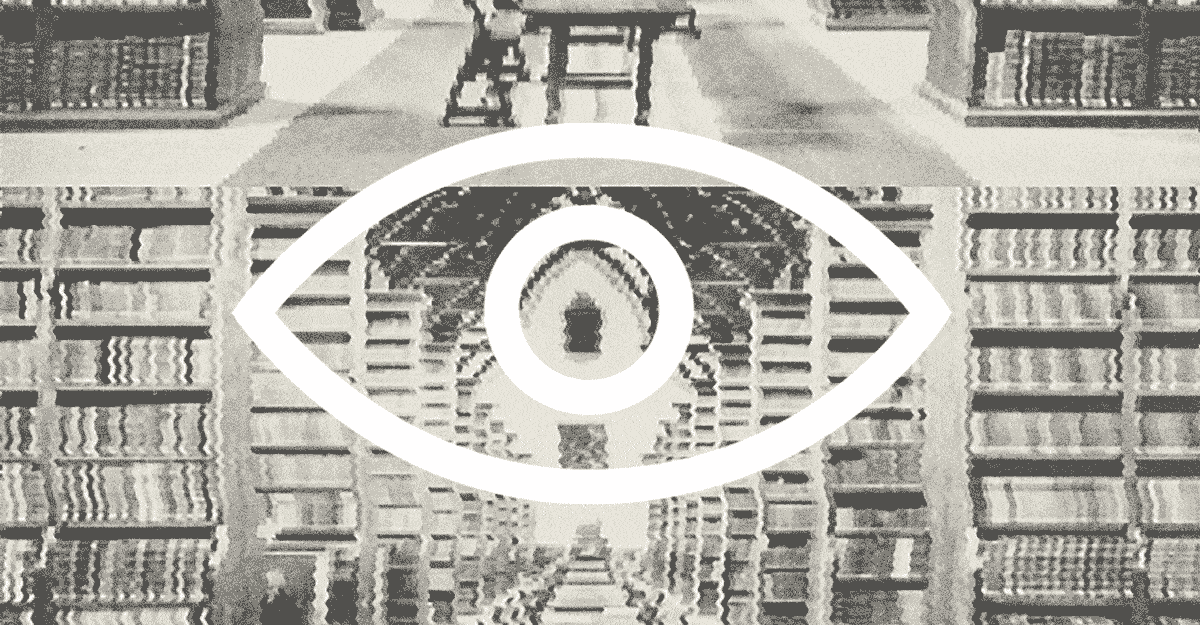A diamond sphere made in Germany was key to December’s breakthrough fusion experiment in California.
Electric-car maker Tesla Inc. plans to build a manufacturing plant in the northern Mexican industrial hub of Monterrey, President Andrés Manuel López Obrador said Tuesday.
Mr. López Obrador, who spoke several times in recent days with Tesla Chief Executive Elon Musk, added at his morning press conference that details of the investment would be made known Wednesday.
The Nobel Prize in Physics 1930
Posted in physics
Died: 21 November 1970, Bangalore, India.
Affiliation at the time of the award: Calcutta University, Calcutta, India.
Prize motivation: “for his work on the scattering of light and for the discovery of the effect named after him”
Physicists in West Virginia have announced a potential breakthrough that could help upend a longstanding constraint imposed by the first law of thermodynamics.
The discovery, involving how energy is converted in plasmas in space, was described in new research published in the journal Physical Review Letters, and could potentially require scientists to have to rethink how plasmas are heated both in the lab and in space.
The first law of thermodynamics, an expression of the law of conservation of energy albeit styled with relation to thermodynamic processes, conveys that the total energy within a system will remain constant, but that it can be converted from one form of energy into another. More simply, the idea is commonly expressed as “energy can neither be created or destroyed.”
Sometimes the biggest changes can come from the smallest of things and this is definitely the case for a bunch of scientists who have discovered a tiny in size but colossal in impact game-changer for the world. Researchers have found that just a minuscule diamond sphere can completely change life as we know it.
The properties of quark-gluon plasma (QGP), the primordial form of matter in the early universe, is conventionally described using relativistic hydrodynamical models. However, these models predict low particle yields in the low transverse momentum region, which is at odds with experimental data. To address this discrepancy, researchers from Japan now propose a novel framework based on a “core-corona” picture of QGP, which predicts that the corona component may contribute to the observed high particle yields.
Research in fundamental science has revealed the existence of quark-gluon plasma (QGP) – a newly identified state of matter – as the constituent of the early universe. Known to have existed a microsecond after the Big Bang, the QGP, essentially a soup of quarks and gluons, cooled down with time to form hadrons like protons and neutrons – the building blocks of all matter. One way to reproduce the extreme conditions prevailing when QGP existed is through relativistic heavy-ion collisions. In this regard, particle accelerator facilities like the Large Hadron Collider (LHC) and the Relativistic Heavy Ion Collider (RHIC) have furthered our understanding of QGP with experimental data pertaining to such collisions.
Meanwhile, theoretical physicists have employed multistage relativistic hydrodynamic models to explain the data, since the QGP behaves very much like a perfect fluid. However, there has been a serious lingering disagreement between these models and data in the region of low transverse momentum, where both the conventional and hybrid models have failed to explain the particle yields observed in the experiments.
Founder of Intellisystem Technologies. Scientific researcher and professor at eCampus University. NASA Genelab AWG AI/ML member.
Quantum computing is a new approach founded on quantum mechanics principles to perform calculations. Unlike classical computers, which store information in bits (either 0 or 1), quantum computers use quantum bits or “qubits” that can exist in multiple states simultaneously. This physics property allows quantum computers to perform specific calculations much faster than classical computers.
The potential applications of quantum computing are vast and include fields such as cryptography, finance and drug discovery. It promises to transform multiple industries and tackle challenges that classical computers cannot solve.
Diagnosing, Treating & Curing Alzheimer’s — Dr. Doug Ethell, PhD — Founder & CEO, Leucadia Therapeutics
Dr. Doug Ethell, Ph.D. is Founder and CEO at Leucadia Therapeutics (https://www.leucadiatx.com/), a pre-clinical-stage company focused on diagnosing, treating and curing Alzheimer’s disease.
Leucadia’s proprietary Arethusta® medical device is designed to restore the flow of cerebrospinal fluid (CSF) through the cribriform plate to flush toxins away from the part of the brain where Alzheimer’s disease first appears. The company also recently launched eight Apps that help exercise memory and cognition, including a personalized memory tracker called ProCogny (www.procogny.com). ProCogny allows users to play memory-intensive puzzles and games, daily Brain Boost collections of mini-puzzles, and a non-clinical version of the Leucadia Memory Test.
The dream of an artificial mind may never become a reality if AI runs out of quality prose to ingest—and there isn’t much left.
